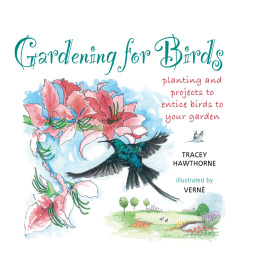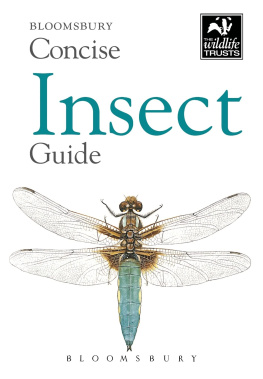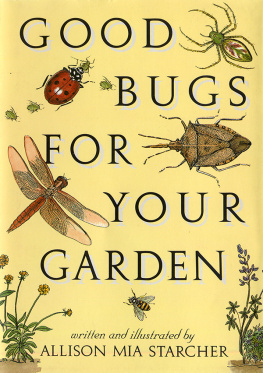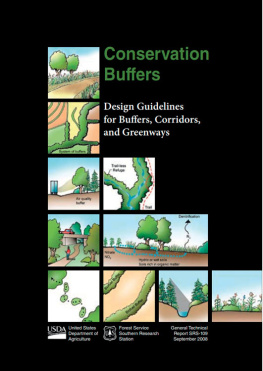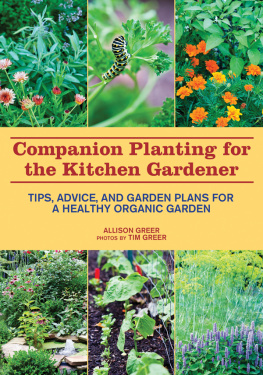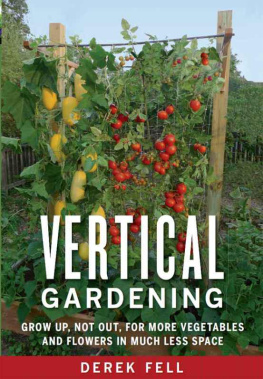

Good Bugs for Your Garden

Written and Illustrated by
Allison Mia Starcher

Algonquin Books of Chapel Hill
1995

Published by
Algonquin Books of Chapel Hill
Post Office Box 2225
Chapel Hill, North Carolina 27515-2225
a division of
Workman Publishing Company, Inc.
225 Varick Street
New York, New York 10014
1998 by Allison Mia Starcher. All rights reserved.
Design by Allison Mia Starcher and Suzanne H. Holt
Library of Congress Cataloging-in-Publication Data available upon request.
ISBN 1-56512-071-X
eISBN 978-1-56512-747-0
For my mother and father

Thank you to
Betsy Amster and Angela Miller for their vision, inspiration, and diligence.
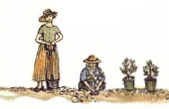
Elisabeth Scharlatt, Amy Gash, Julia Boss, and everyone at Algonquin Books for the freedom to see my dream and the guidance and skill to make it a reality.
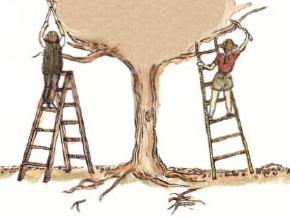
Thanks to the following people who have graciously shared with me their knowledge, experience and love of insects:
Anne Frodsham
Rosser Garrison, Los Angeles Count Entomologist
Jan Dietrick and Everett J. Deke Dietrick of Rincon-Vitova
Jim Davis of American Insectaries, Inc.
Joel Grossman, Max E. Badgley and Steve Kutcher

Lili Singer and Phyllis Benenson, who helped me find my misplaced talents and nurtured them to fruition.

And for their faith and support, Mari and Herb Isono, Risa and Ron Kleyweg, and all my dear friends.

Contents

Introduction
I never gave insects much thought until I began to battle a never-ending parade of snails, aphids, and caterpillars in my garden. Id know it was spring when I would walk out into the garden to find my roses covered with aphids. As a fairly conscientious organic gardener, I just couldnt bring myself to douse my plants with chemicals. So began a quest to educate myself about the good bugs that either already inhabited my garden or might be persuaded to take up residence there. Like most of you, I didnt want to know everything about every bug. I just wanted to know about the beneficial onesthose whose habits help control the peskier insects that damage our plants. What did they look like? Where were they found? What did they eat? And how could I keep them happy in my garden?
Many of the insects beneficial to my own garden are ones I used to kill before, thinking, as most people do, that the only good bug is a dead bug. I was recently at a local nursery and overheard a customer asking how to kill beetles in her garden. When the salesperson asked her what type of beetle, she said, All of them. That indiscriminate desire to rid the garden of all insects is what I hope to discourage.
A few enlightened people know that the ladybird beetle (or ladybug) is a gardeners friend, but few gardeners know that the ground beetle, which might easily be mistaken for a darkling beetle, eats caterpillars, not plants. Killing all beetles just to kill the bad beetles is a fine way to promote the proliferation of other harmful pests. If predatory and parasitoid insects didnt control other insect populations, humans would find the earth uninhabitable. Humans are, for the most part, blind to the delicate balance that nature has created around us. We either dont notice the bugs in our midst or run in terror from the ones we do see. In this book, I encourage gardeners everywhere to open their eyes to the often overlooked inhabitants of our immediate environment and appreciate how beautifuland usefulinsects can be.
Learn to Observe the Hidden Life in Your Garden 
Novice and experienced gardeners alike can learn to observe closely not only their plants but also the tiny creatures living on and around them. The next time you pick some herbs for a salad or fertilize your tomatoes, move in a little closer and investigate the insects that call your plants home. I can often be found with my nose inches away from my rosebushes, watching the tiniest wasps or hover fly larvae attacking aphids. A couple of years ago, all I would have noticed were the aphids and reached for the chemical solution. Now I observe the predators, too, and wait a couple of days to see if nature (combined, perhaps, with a stiff spray from the hose) will control the situation. More often than not, it does.
This is not, however, a system to satisfy the perfectionist. Eradication of all garden pests cannot be achieved by beneficial insects alone. Integrated pest management (IPM) is a more systematic way to substantially reduce pest populations. This books aims are more humble, leaving such complex strategies to the scientists. I offer one tool, based on common sense and old-fashioned ingenuity, that can help you to grow tomatoes and roses that are safer for your family and the environment, while also providing the opportunity to see nature at work, transforming your garden from a decorative element into a miniature, balanced ecosystem. For me, thats satisfaction enough.
The Good Old Days 
Although organic gardening has recently become chic, it wasnt all that long ago that everyone used natural techniques, simply because they had no alternative. My grandmother Starcher had to be a successful gardener to feed seven children during the Great Depression. She grew a large variety of fruits and vegetables. But as my father tells it, she always made sure that their house was surrounded by flowers, too: hollyhocks, bachelors buttons, sweet William, cosmos, snapdragons, black-eyed Susans, sunflowers, and peonies, just to name a few. So her garden was diverse, making it hospitable for all kinds of beneficial insects and harder for one type of pest to get a foothold. She grew everything without chemical pesticides or fertilizers, partly by choice and partly because she couldnt afford to do otherwise. My mothers parents ran a nursery prior to World War II, and after the war my grandfather Isono was a professional gardener. Neither my mother nor I can recall ever seeing him use any chemicals on his plants.
I now live in the house that used to be my maternal grandparents, surrounded by the trees and shrubs that my grandfather lovingly planted. Although I have a hard time taking out anything that my grandfather put in, Ive succeeded in establishing my own imprint on the yard. I started as most people do, buying a few pansies to brighten up my little patch of earthand then I found myself craving more. More color, more variety, better performance, and less damage. Ive been tempted more than once to take the easy way out and use pesticides to keep my garden looking picture perfect, but instead Ive followed my grandparents example and planted a garden diverse enough to keep itself healthy. It may be more work initially, but it has saved me time in the long run.
Next page

